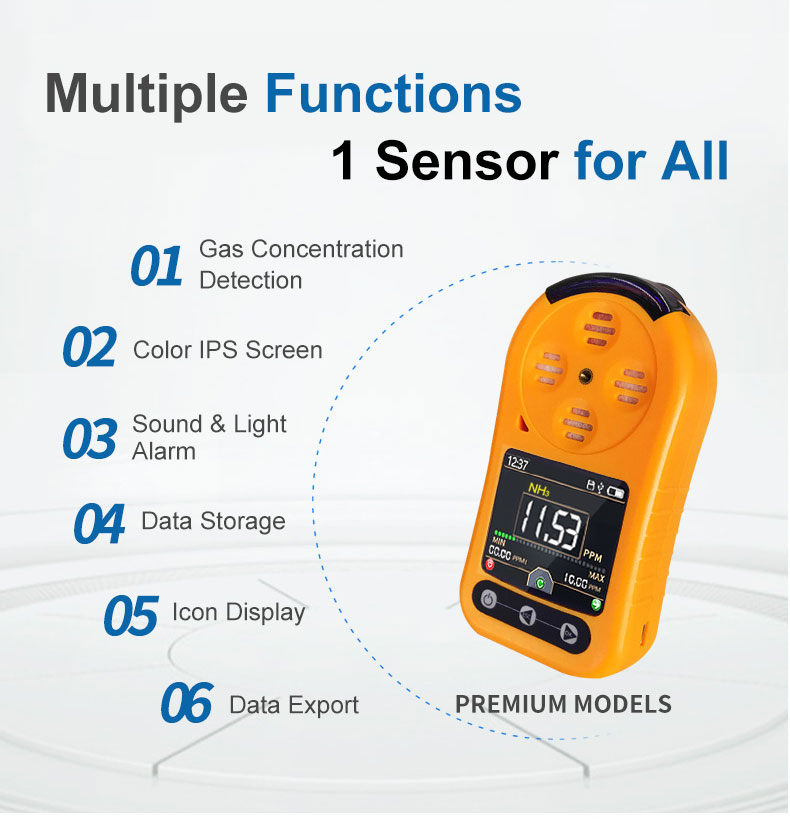Learn about VOC sensors
To ensure a healthy indoor environment, VOC sensor play a crucial role in monitoring and detecting harmful compounds. VOCs are chemicals commonly found in various products, materials, and environments. While some VOCs have pleasant odors, many are toxic and can pose health risks when present in high concentrations.
Identifying Sources of Contamination:
VOC sensors are designed to detect and measure the concentration levels of volatile organic compounds in the surrounding air. By continuously monitoring the air quality, they help identify the sources of contamination that may emit these compounds, including cleaning products, paints, adhesives, furniture, carpets, and even human activities such as cooking. This information is vital in implementing effective remedial actions to reduce or eliminate VOC emissions.
Promoting Health and Well-being:

Exposure to high levels of VOCs can cause various health issues, ranging from mild irritation to more severe respiratory problems, allergic reactions, and even long-term effects on organ systems. VOC sensors provide real-time data on indoor air quality, allowing individuals to take proactive measures to minimize exposure. This includes adjusting ventilation, using air purifiers, selecting low-emission products, and ensuring proper ventilation during activities that release VOCs.
Enhancing Workplace Safety:
Indoor air quality is particularly important in the workplace, where employees spend a significant portion of their day. VOC sensors are essential tools that help employers and facility managers maintain a safe and healthy work environment. By monitoring and controlling VOC levels, businesses can minimize health risks, improve productivity, and demonstrate their commitment to employee well-being.
Compliance with Environmental Standards:

Many countries have regulations regarding levels of volatile organic compounds in indoor environments. VOC sensors play a crucial role in ensuring compliance with these standards, enabling businesses to meet legal requirements and maintain a healthy environment. Regular monitoring, data recording, and reporting using VOC sensors are key components of fulfilling these obligations.
Development of Sustainable Products:
The use of VOC sensors contributes to the development and production of sustainable and environmentally friendly products. By accurately measuring VOC emissions from materials and products during the manufacturing process, companies can identify potential sources of pollution and work towards reducing their environmental impact. This data enables the development of low-VOC or VOC-free alternatives, contributing to sustainable practices and healthier living spaces.
Public Awareness and Education:
Voc sensors play an important role in raising public awareness of indoor air quality and the potential health risks associated with high levels of volatile organic compounds. Educational campaigns and guidelines help individuals understand the importance of monitoring VOCs and identify potential sources of pollution. By educating the public about the importance of VOC sensors, we can empower individuals to make informed choices.
Conclusion
VOC sensor are crucial tools in monitoring and maintaining good indoor air quality. By continuously measuring VOCS concentrations, they help identify sources of pollution, enhance workplace safety, and comply with environmental standards. Integrate VOC sensors into our daily lives to reduce exposure to harmful compounds. VOC sensors will undoubtedly lead to a healthier indoor environment and more conscious treatment of VOC emissions and their impact on human health.